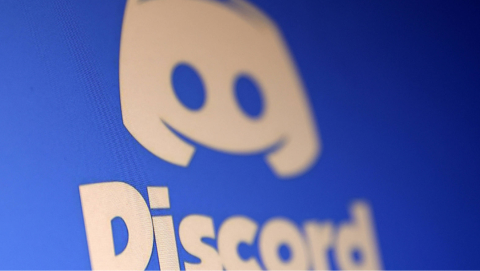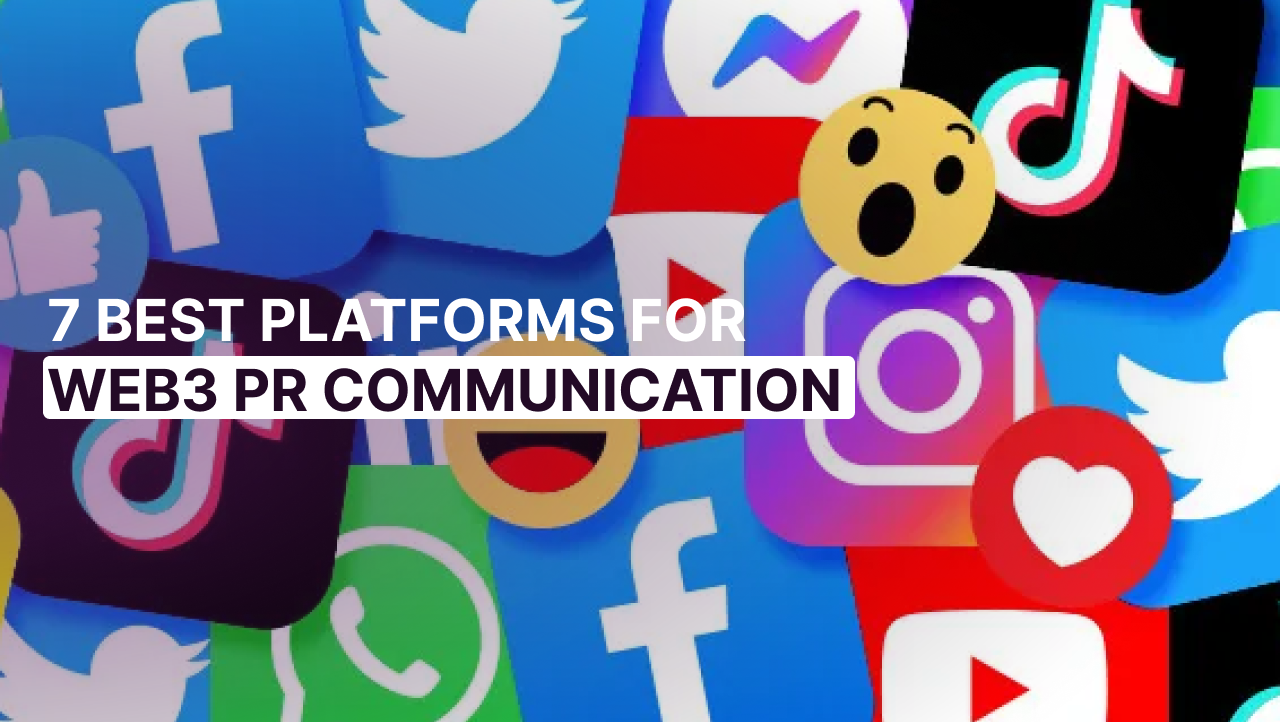In the past, we’ve talked about the importance of web3 PR communication. Whether this is you communicating with your PR manager, members of your in-house staff, or people within publications, web3 PR communication should be seamless and efficient. This is especially true during times of PR crisis communication, where even a few minutes can make a major difference.
But while we know the importance of communication, it is worth exploring the best platforms to facilitate this communication. There are so many platforms available online, but some of the best are as follows:
Telegram
One of the first things that sticks out about Telegram is the fact that it is closely tied to the web3 sector already. Many crypto and blockchain projects advertise on Telegram, have community group chats, and so on. This means that if you’re communicating with anyone within the web3 sector, they are almost certainly already on Telegram. Telegram is also optimized to let you know when someone is available on the platform.
One of its most famous features is alerting you when someone in your contact list joins the app. That means an editor you’ve been trying to reach or a business contact joining the app will not be a secret to you. On top of this, Telegram is completely encrypted, which means that your communications are as private as possible. With the ability to create group chats and through badges, you can identify bonafide members of your team and speak to them whenever you need to.
Discord

Just like Telegram, Discord has been very popular among web3 natives, and this has seen various channels and communities take root on the app. Discord is also very useful for team collaboration. From its voice channels to its group calls to its ability to share and collaborate on documents in real-time, it is the exact type of tool you need when working on a Web3 PR strategy with an entire team. Telegram is also free to use and highly accessible online, so there is little to worry about.
Trello
Trello is more of a coworking tool than a communication avenue, but it is nevertheless useful. Trello essentially works as a collaborative project board where the status of various things can be seen. On your typical Trello board, there will be spaces for ideas in the conception phase, being written, bead reviewed, published, and so on. By using the Trello board, you can track the trajectory of your Web3 PRs and other related documents and see is information at a glance.
As we said, it’s not purely a communication tool, but it can make communication easier. Rather than exchanging messages back and forth about the status of a document and who is working on it, you can simply check a Trello board. People can be added and removed from specific projects and boards with ease.
Microsoft Teams
At this point, we are all familiar with Microsoft Teams and how it works. As a one-stop shop for collaborative work, Microsoft Teams allows you to message team members, hold video and audio calls, create specific workspaces, share schedules, and so on.
This is especially recommended if you’re working with a large Web3 PR team or collaborating with external parties. Its notifications system means that inquiries can be quickly answered and a meeting set up if needed. Naturally, this is embedded in the Microsoft Office Suite of tools and should be considered by companies in the web3 space.
Calendy

Just like Telegram, Calendy isn’t necessarily a pure communication platform but more of a meeting management tool. But anyone who’s worked in anything related to Web3 PR will tell you that scheduling meetings is one of the most cumbersome communication tasks. It typically evolves messaging back and forth, sometimes for days.
But Calendy essentially lets everyone communicate their availability to others, and this means meetings can be scheduled at the drop of a hat. Whether you want to recap with your communications manager or want to speak to a journalist, Calendy cuts away much of the fluff and lets you get to the meat of the matter.
Google Chat
In the process of running your web3 PR business, you likely already use some sort of product within the Google suite. This could be Google Docs for collaborative PR writing, Gmail for your email needs, and so on. Google Chat is thus a relevant tool for crypto PR communication because it is already connected to your other tools.
Not only can you chat with people in real time using this tool, but you can also easily share documents, have video calls, and so on. This means that if you have an issue within a shared Google Doc, you can initiate a meeting and have it resolved as quickly as possible. So, if your business already uses the Google suite of tools, Google chat is a natural PRogression.
While email might seem like an almost old-fashioned model of communication, it offers a lot of benefits for web3 companies. The reason is that, unlike most instant messaging platforms, email cannot be erased from either side. Most platforms, from WhatsApp to Telegram to Discord, allow you to unsend or delete messages.
However, when an email is sent out beyond a certain point, it cannot be removed. This is especially important if you want a paper trail of certain agreements or discussions. In fact, you’re advised to create an email chain of specific discussions even if they happened on a different platform. Plus, certain publications and people within the industry are only reachable by email.
Conclusion
Web3 PR communication is made all the better by having the right communication platforms at your disposal. As we’ve outlined in this article, this includes everything from the classic email to modern messaging platforms to collaborative working apps. By leveraging all of these, you make sure that every member of your team is kept in the loop on developments. With this effective communication by your side, your web3 business will soar to greater heights.
